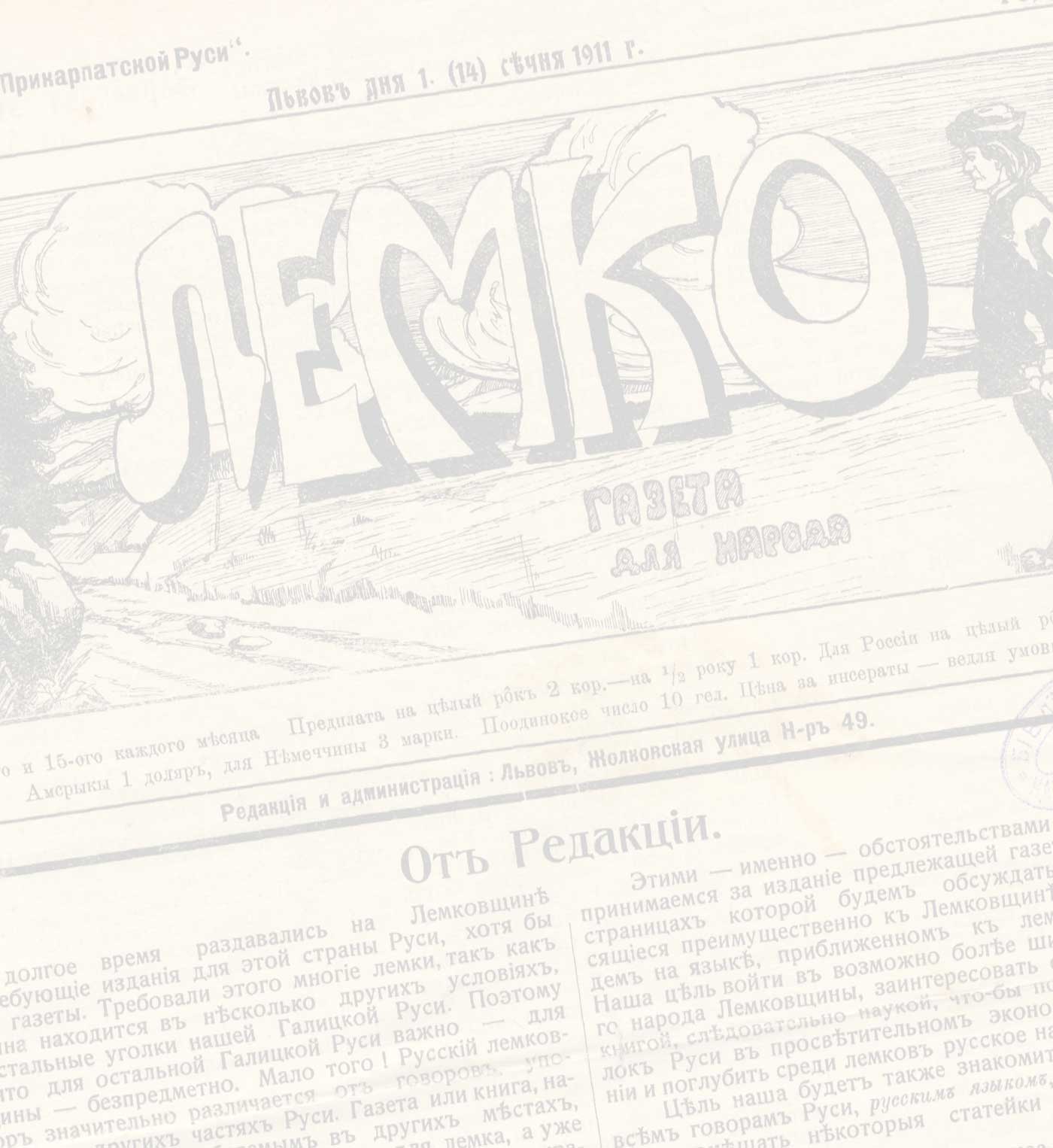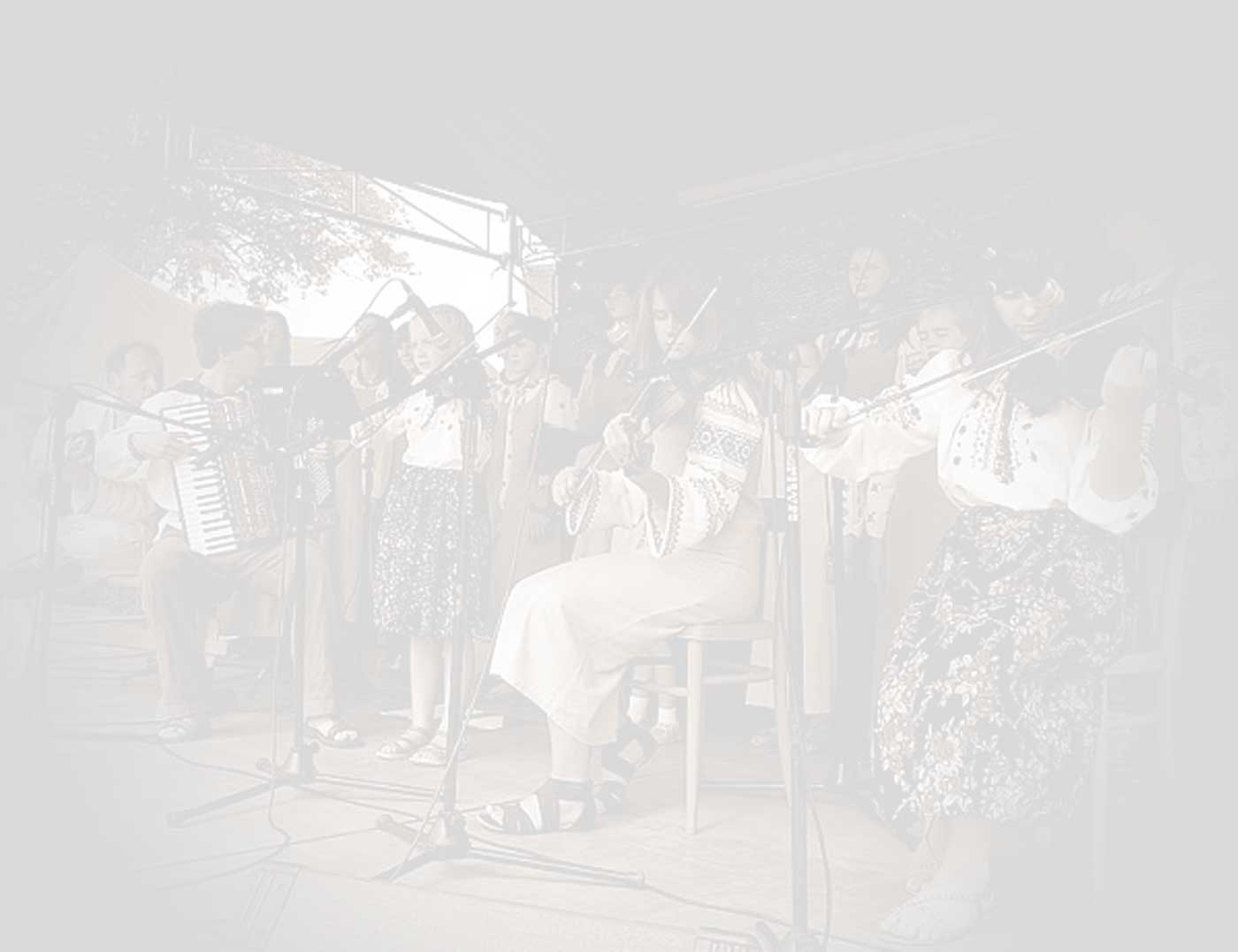























What in my opinion is the most important thing in the practice of revitalization
Michał Gulczyński, a student of the University of Warsaw
The answer is easy: consistency. But I'll try to explain it step by step. The biggest difficulty in the process of revitalization is that it starts too late. First of all, instead of revitalizing languages, we should try to prevent them from getting into trouble. The first task of researchers should be to predict which languages can become endangered in the near future. In the case of Nahuatl, the most familiar to me, it is not surprising that young people do not use this language. Letʻs think now about the steps that can be taken to revitalize Nahuatl, taking into account that this should have been done twenty years ago.
First, we should think about why this language is in such bad shape. Why don’t the teenagers speak Nahuatl? As we have discussed during the seminar, one of the key reasons is that they stop thinking creatively in their language when they go to school. But I do not want to concentrate on the policy of the Mexican government or institutional problems. I'll describe my utopian idea later. I think the American Indians would still speak Nahuatl if this language gave them the same opportunities as Spanish. Leaving aside the problem of the language of instruction in primary schools, Nahuatl has nothing to offer young people. They need to know Spanish to function normally in society and they can use their own language only to communicate with their community that usually lives in the countryside. We can easily imagine that when teenagers goe to a city, they use Spanish. If they go to the cinema, they hear Spanish. If they watch television, they hear Spanish. If they surf the internet, they probably only hear, write and read in Spanish. Spanish is their only way to experience world culture. It’s obvious that somebody who knows Spanish and Nahuatl at the same level, will speak and think in Spanish more often and willingly. So the main condition needed to keep a minority language alive is to ensure its users as wide a range of opportunities as possible. I consider this the most important activity for scientists working with revitalization.
To be more concrete, I will mention some things that could be done by conscientious users of Nahuatl. Some indigenous people study at universities, so it’s also important for them not to stop speaking Nahuatl, even if they don’t have regular contact with their community. I think that computers, the Internet and television are the biggest threats to minority languages. The problem is most difficult in the case of television. Even if somebody would find one or two channels in Nahuatl, they couldn’t compete with the numerous, varied channels in Spanish. The only solution is to find a special channel directed to the Nahua people. I don’t know how many of them have a television set, but considering the fact that many of them are illiterate, it is important to give them an opportunity to hear, in their own language, something related to their own culture and everyday life. A variety of radio stations in Nahuatl may help as well. I know that Mexicans usually don’t have universal access to the Internet, but at some point they will. The problem with the Internet lies in the fact that Spanish websites offer enormous possibilities. So when you are bilingual and have access to the Internet, there is no practical reason to search for something in the minority language. But as I have said at the beginning, the only real way to revitalize the language is to be consistent. Native speakers of Nahuatl need to use their language on computers, watching TV or listening to radio. By consistency, I mean that native speakers should be surrounded by their language. Their language must enable them to participate completely in everyday life. It's crucial for them not to sense any lack of possibilities. It's obvious to us that a knowledge of two languages is a great advantage in life, but probably for a child, who can speak Nahuatl only at home, it's not so apparent. A situation similar to that affected our parents in Poland. They were convinced that there was no reason to learn foreign languages, because they thought they wouldn't use them in their future life. As we know today, they were wrong.
It is impossible to overestimate the role of feelings for language users. There are many cases of minority languages that are in use despite the fact that they have no practical advantage over the dominant language Good examples are the cases of Irish or Basque. In the previous two paragraphs I've stressed the importance of some practical aspects of revitalizing a language. But sometimes it's impossible to ensure the equality of two coexisting languages, and we have to come to terms with this. I suppose that a feature common to all developing (or at least existing in good conditions) minority languages, such as Catalan or Basque, is the pride of their speakers. It's not enough to say that they believe that it's an important part of their identity. They are proud of this identity, part of which is the language. It is the case in many endangered languages that the speakers are excluded from the society. However, in my opinion it's not because of their ethnic distinctiveness, but rather because of the fact that in every country there must be a language common to the society. If there is a minority that doesn’t accept it, its members can't have the same position in the society as the dominant language speakers. Especially in the case of Nahua people, who are spread through all of Mexico, it's natural that they have to know Spanish to live normally. Researchers should strive to convince them to use their language everyday in their community. Supposedly they are ashamed to speak Nahuatl. In my opinion it's the result of the inequality of possibilities between Nahuatl and Spanish. But it's not enough to convince them that speaking Nahuatl isn't shamefull. Members of the minority community have to be convinced that their uniqueness is something valuable. Apart from the practical solutions that I've enumerated, I propose to emphasize building self-awareness. It would seem to be easy in the case of a nation with such a great history, but I understand that it's not. It's crucial to build a bridge between their ancient and contemporary cultures. This can be accomplished in many ways, but it all boils down to education. It can be achieved by reading, films, radio, magazines, translated bestsellers, computer games, board games, galas, museums and so on. Of course, all of this needs to be done monolingually. School also has a great part to play in the process of creating the consciousness of the continuity of Nahua culture.
The educational system is always a big problem for minorities. My vision of a system suited to the necessities of minority language speakers is based on my experience in a bilingual school. During six years I had six to eight hours of German per week and four subjects (mathematics, physics, geography and history) taught partially in German. After graduating from this school I had sufficient knowledge of the language to be able to study in Germany. I think that in the case of many minorities it could be a good solution to found such schools using the minority language primarily in instruction, and the dominant one as an auxiliary. It would guarantee children continuity in creative thinking and speaking in, for example, Nahuatl and foment the habit of speaking this language. Of course it would also be nice to have kindergartens with native speakers as teachers.
In my essay I've tried to summarize my thoughts about tools that could be used in the process of language revitalization. I've concentrated on the case study of Nahuatl. In my opinion there are three main areas in which activists and researchers can work: sociocultural, psychological and educational. The problem to resolve in the first area is, broadly speaking, the inequality of the minority language and the dominant one. This impacts all of the practical aspects of speakers’ lives: discrimination, social position, traditional areas of population (e.g. concentration in rural areas) and cultural inequality. It’s important to understand that traditionally small rural communities, such as those of the Nahua people, haven't developed vocabulary at the same level of diversity as is in the case with languages that have millions of speakers all over the world. As I've mentioned, this not only refers to gaps in communication, but also has to do with access to culture that is sometimes only possible through the dominant language. I would say, provocatively, that those languages restricted to local, static culture and offering only partial access to the world, hardly enabling their speakers to develop a cultural environment and to adjust to its necessities, only constitute part of a real and useful language.
The second area I discussed was psychological. Here the problem is the lack of motivation and pride in identity; the feeling of inferiority and shame. This should be resolved through education and by building the community’s self-confidence. However it won't be accomplished without keeping in mind the sociocultural problems discussed in the preceding paragraph, because language and civilization must develop in a parallel fashion. The stagnation of an autonomous culture entails the decomposition of its language.
In my third area of commentary I concentrate all issues connected with the most practical problem of revitalization, which is education. It includes inter alia teaching methods and models for educational systems. I have already presented my ideas regarding this area, but I should also say something about the aims of education. These would include increasing of the number of speakers, accustoming people to think critically in minority language, getting used to the idea that a minority language is equal to all others, and in long run, creating intellectual elites. And returning, in conclusion, to the answer I posited for the first sentence of the essay, I would like to again stress that the success in revitalization is possible only through consistency of action.